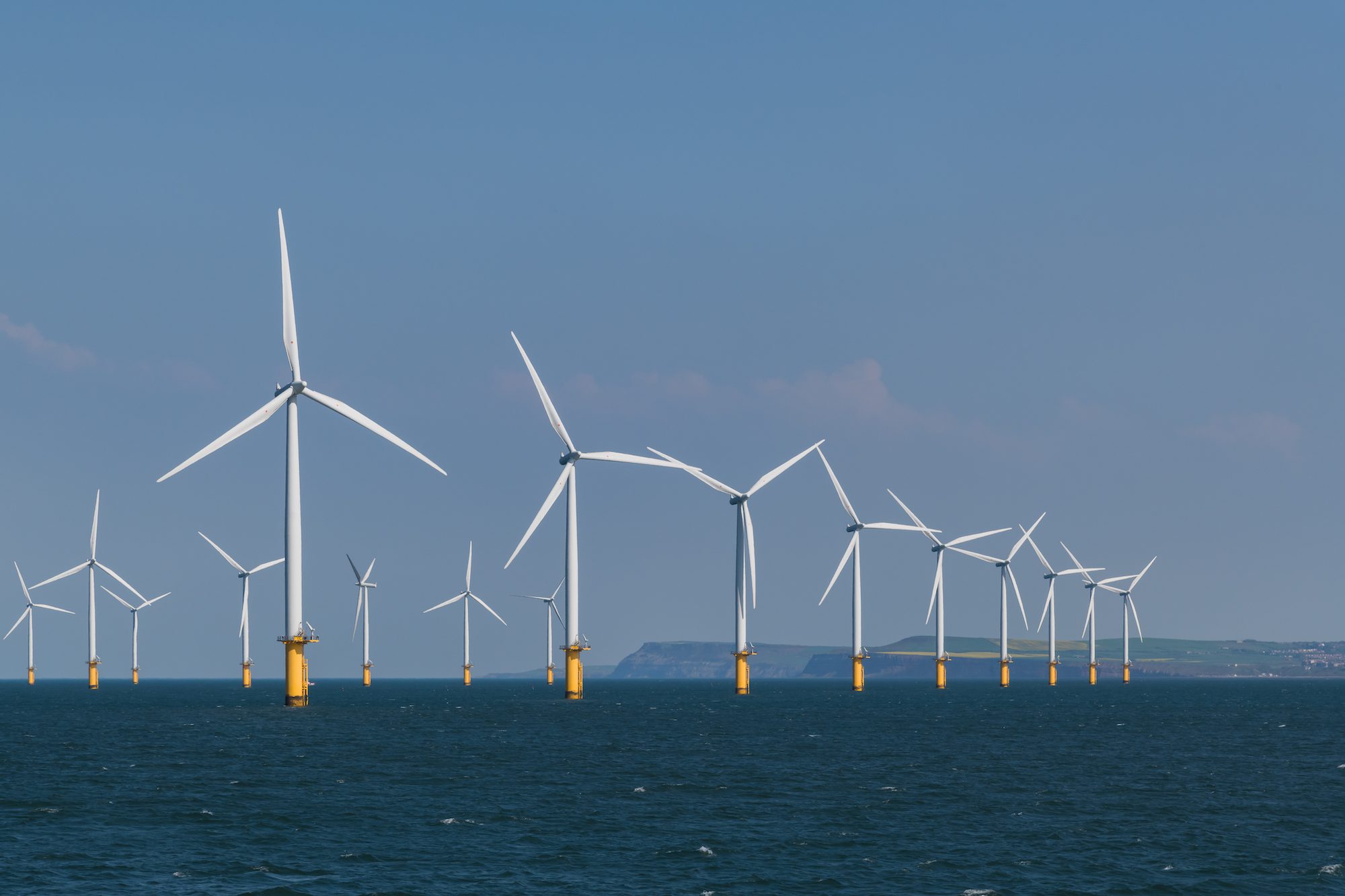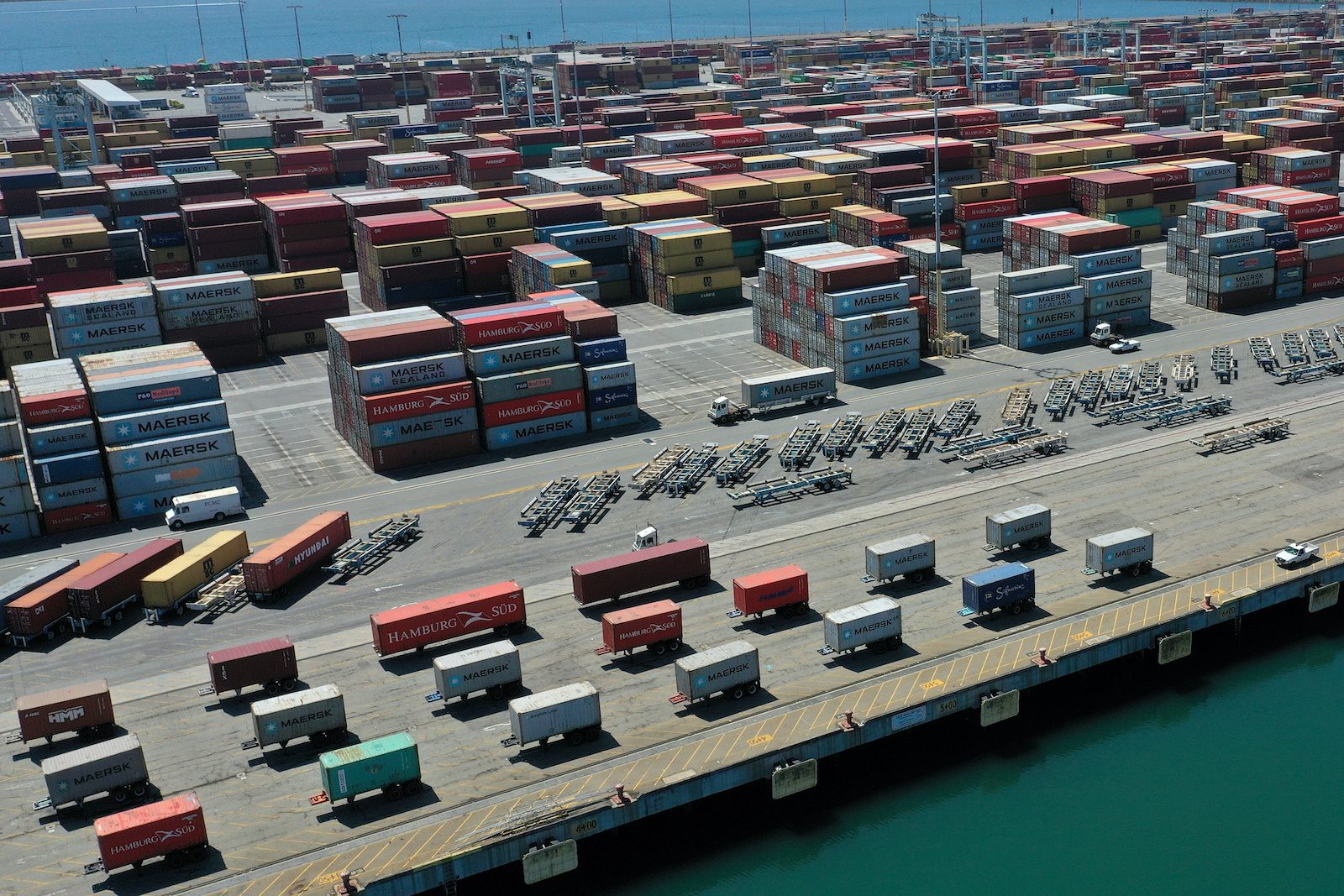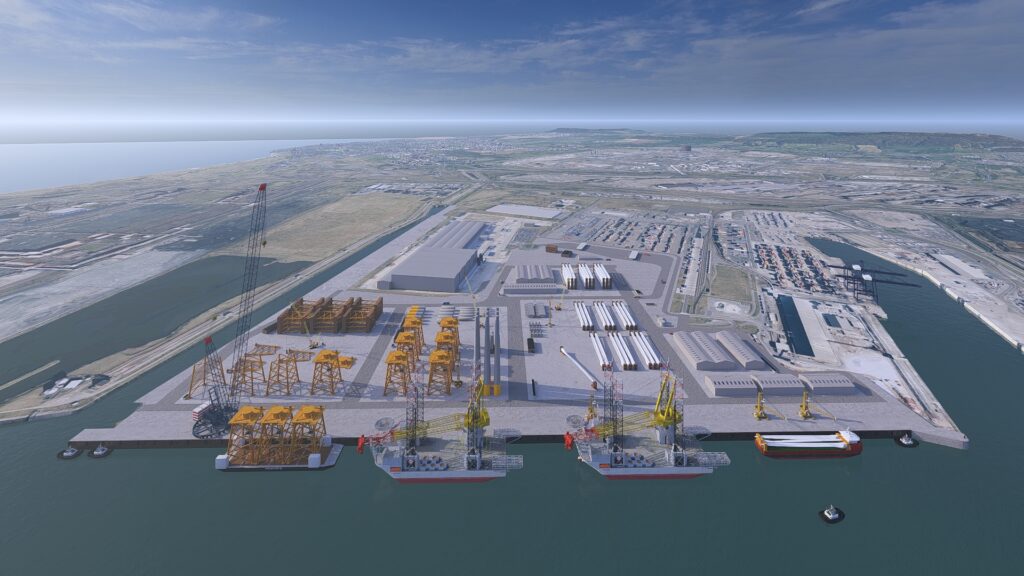HOUSTON (Dow Jones)–Oil companies haven’t been able to show that they can effectively respond to a future oil spill in the deep-water Gulf of Mexico–and until they do so, U.S. regulators will not let them drill there, the head of the Bureau of Ocean Energy Management, Regulation and Enforcement said Friday.
Even though the oil industry “has been working hard” and made substantial progress toward developing an oil spill containment system, “it has not been able to fully demonstrate it has the systems in place to respond to a blowout in deep-water,” Michael R. Bromwich said at an offshore energy conference in Houston. “It would be simply irresponsible” to allow deep-water drilling without knowing a blowout similar to the one that led to a massive oil spill last year can be controlled, he said.
Bromwich’s agency has been criticized for holding back on permits despite the official end of a deepwater drilling moratorium, effectively paralyzing the offshore oil industry. But the official said that the industry knows that “containment capabilities aren’t there yet,” although “they will be there soon,” paving the way for permits approval.
Bromwich criticized some oil companies that he said disregarded the blowout aboard the Deepwater Horizon as an “isolated incident,” and said it was the result of a broader problem with regulators and the oil industry that must be solved before drilling is allowed to go on. The Deepwater Horizon rig exploded last April 20, killing 11 workers, while drilling an oil field for BP PLC (BP, BP.LN).
Two alternative containment systems have been proposed: one, led by Exxon Mobil Corp. (XOM), Chevron Corp. (CVX), ConocoPhillips (COP) and Royal Dutch Shell PLC (RDSA, RDSA.LN), will test one of its components next week, Bromwich told reporters.
When it announced its initial plans for the system last July, the consortium estimated that it would take six months to have an interim system in place, but Bromwich said its preparation has taken “a bit longer than predicted.”
Exxon executive Clay Vaughn, speaking at the conference said the interim system will be completed in February, and a more permanent system would be ready in 2012. A competing containment system, proposed by Helix Energy Solutions Group Inc. (HLX) told Bromwich in a letter that its proposed system won’t be ready until “the end of March.”
Reviewing these proposals is a national priority, Bromwich said.
Helix said in the letter, dated last Wednesday, that its response system as it stands is capable of capping a leaking well in depths of up to 5,600 feet, but that the company is still working to increase its ability to handle incidents at depths of up to 8,000 feet. When the system is complete, it will be able to capture 55,000 barrels of oil per day and 95 million cubic feet of gas per day, the company said.
Five applications for deepwater drilling permits have been filed, Bromwich said, adding that it is likely that some companies are holding back on submitting requests until there is a clearer picture on the availability of oil spill response systems. Approvals are likely before the third quarter, he said.
However, oil companies shouldn’t expect the pace of approvals to be as fast as in the past, because regulators will be more careful when evaluating applications, Bromwich said.
In response to criticism that the regulatory agency is continuously changing rules, Bromwich said that the agency would not issue any further emergency rules. But he added that rules would evolve over time to keep abreast of technological change.
-By Angel Gonzalez, Dow Jones Newswires

 Join The Club
Join The Club










